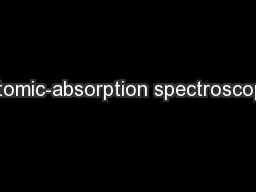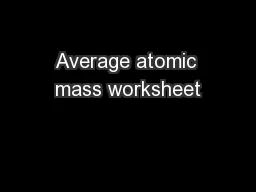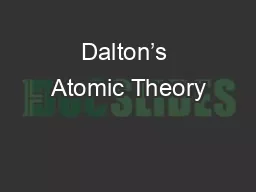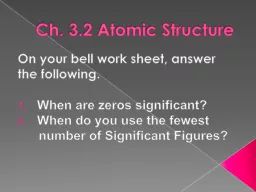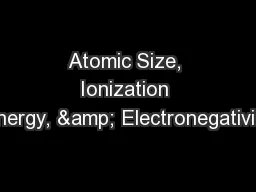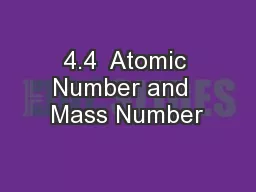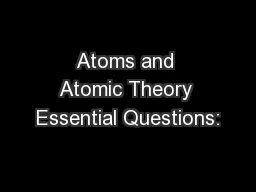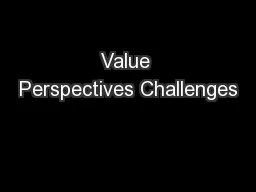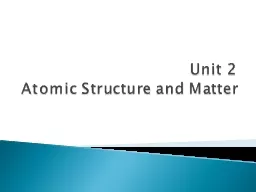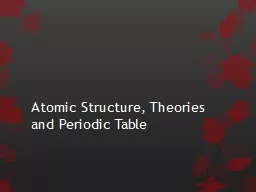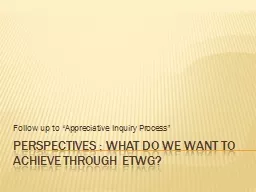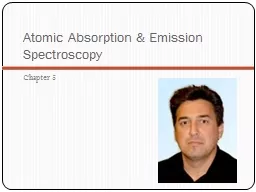PPT-Atomic data: state of the art and future perspectives
Author : broadcastworld | Published Date : 2020-10-06
Jelle Kaastra with Ton Raassen Liyi Gu Junjie Mao Igone Urdampilleta Missagh Mehdipour SRON amp Leiden University Introduction Xray emitting plasmas
Presentation Embed Code
Download Presentation
Download Presentation The PPT/PDF document "Atomic data: state of the art and future..." is the property of its rightful owner. Permission is granted to download and print the materials on this website for personal, non-commercial use only, and to display it on your personal computer provided you do not modify the materials and that you retain all copyright notices contained in the materials. By downloading content from our website, you accept the terms of this agreement.
Atomic data: state of the art and future perspectives: Transcript
Download Rules Of Document
"Atomic data: state of the art and future perspectives"The content belongs to its owner. You may download and print it for personal use, without modification, and keep all copyright notices. By downloading, you agree to these terms.
Related Documents


